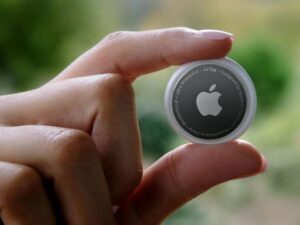How To Make Soft Ice Without Carbonated Water?
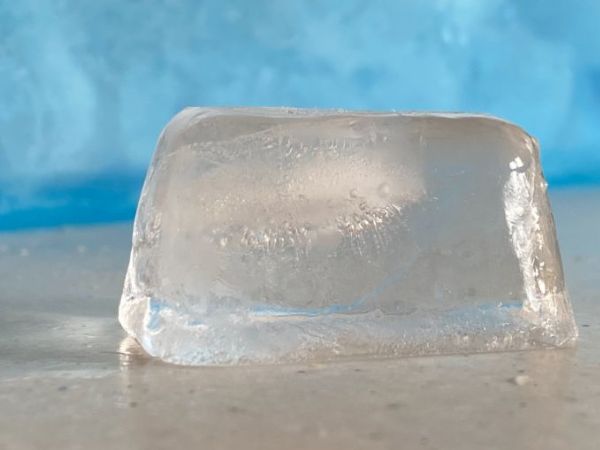
Soft ice, with its smooth and creamy texture, is a beloved treat enjoyed by many. Traditionally, carbonated water has been a key ingredient in soft ice production, providing a light and airy consistency. However, there are various reasons why one may seek alternatives to carbonated water. In this article, we will explore How To Make Soft Ice Without Carbonated Water and discover how to create this delectable frozen dessert using alternative ingredients and techniques.
Contents
- 1 Understanding the Role of Carbonated Water In Soft Ice
- 2 Why Seek Alternatives to Carbonated Water?
- 3 Exploring Natural Ingredients for Soft Ice Base
- 4 Utilizing Dairy Products for Creaminess
- 5 The Magic of Sweeteners in Soft Ice
- 6 Enhancing Flavor with Fruits and Extracts
- 7 Achieving Smooth Texture with Emulsifiers
- 8 Balancing pH Levels for Optimal Soft Ice
- 9 The Role of Stabilizers in Soft Ice Production
- 10 Exploring Gelatin as a Soft Ice Ingredient
- 11 Incorporating Vegetable Gums for Improved Texture
- 12 Creating Airiness without Carbonation
- 13 Chilling Techniques for Soft Ice Preparation
- 14 The Art of Overrun: Controlling Ice Cream Volume
- 15 Experimenting with Alternative Chilling Agents
- 16 Tips for Achieving Soft Ice Consistency
- 17 Equipment and Tools for Soft Ice Making
- 18 Conclusion: Enjoying Carbonation-Free Soft Ice Delights
- 19 FAQs: (How To Make Soft Ice Without Carbonated Water)
Understanding the Role of Carbonated Water In Soft Ice
Carbonated water, also known as soda water or sparkling water, is infused with carbon dioxide gas under pressure. When added to soft ice, it releases tiny bubbles that contribute to the light and fluffy texture. The carbonation helps create air pockets within the mixture, resulting in a softer and smoother consistency.
Why Seek Alternatives to Carbonated Water?
While carbonated water is commonly used in soft ice production, some individuals may prefer to avoid it due to personal taste preferences or dietary restrictions. Additionally, carbonated water may not be readily available or convenient to use in certain circumstances. Therefore, finding alternative ingredients and methods to achieve soft ice without carbonation becomes essential.
Auto Amazon Links: No products found. No products found. http_request_failed: A valid URL was not provided. URL: https://ws-na.amazon-adsystem.com/widgets/q?SearchIndex=All&multipageStart=0&multipageCount=20&Operation=GetResults&Keywords=Kitchen+appliances|Galaxy+s23|SAMSUNG+Galaxy+S23+Ultra+Cell+Phone|Samsung+Galaxy+s23|Home+appliances&InstanceId=0&TemplateId=MobileSearchResults&ServiceVersion=20070822&MarketPlace=US Cache: AAL_47f9681b47b3b60f913c663a6f137d02
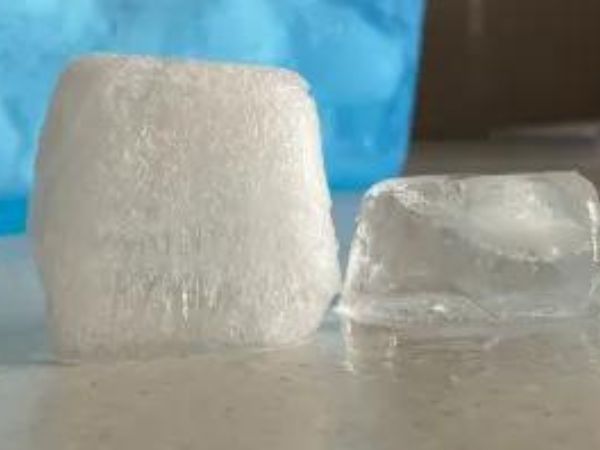
Exploring Natural Ingredients for Soft Ice Base
In the absence of carbonated water, natural ingredients can serve as a solid foundation for creating soft ice. Ingredients such as milk, cream, and yogurt can provide the necessary creaminess and richness that soft ice requires. These natural dairy products bring a smooth texture and contribute to the overall flavor profile.
Utilizing Dairy Products for Creaminess
Dairy products, especially those with higher fat content, play a crucial role in achieving the desired creaminess in soft ice. Whole milk, heavy cream, and condensed milk are excellent options for creating a luscious base. These ingredients add a velvety mouthfeel and enhance the luxuriousness of the soft ice.
The Magic of Sweeteners in Soft Ice
Sweeteners are an essential component of soft ice, as they not only enhance the taste but also contribute to its texture. Sugar, honey, agave syrup, or even alternative sweeteners like stevia can be used to achieve the desired level of sweetness. Sweeteners also help lower the freezing point of the mixture, preventing the soft ice from becoming too hard.
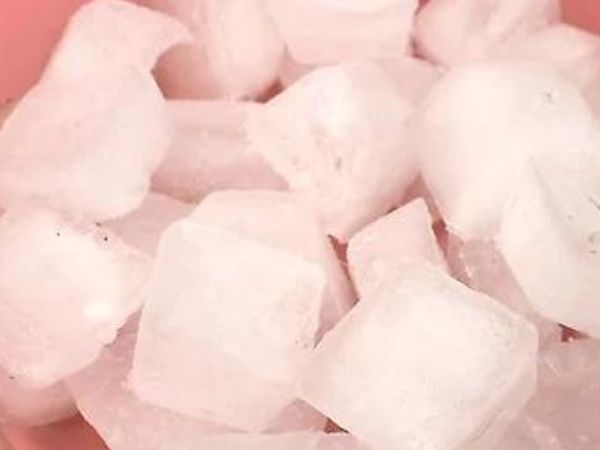
Enhancing Flavor with Fruits and Extracts
To elevate the flavor of your soft ice, consider incorporating fruits and extracts. Fresh fruits, purees, or extracts like vanilla, chocolate, or mint can add a burst of natural flavors. These additions infuse the soft ice with a delightful taste and create a refreshing experience.
Achieving Smooth Texture with Emulsifiers
Emulsifiers, such as lecithin or egg yolks, aid in creating a smooth and consistent texture in soft ice. They help bind the fat and water molecules together, preventing any separation or icy crystals from forming. Emulsifiers contribute to the overall stability and creaminess of the soft ice.
Balancing pH Levels for Optimal Soft Ice
Maintaining the right pH levels in your soft ice mixture is crucial for achieving optimal texture and preventing any unwanted changes. Using ingredients like citric acid or tartaric acid can help balance the pH and ensure a smooth and creamy result. Careful consideration of pH levels contributes to the overall quality of the soft ice.
Auto Amazon Links: No products found. No products found. http_request_failed: A valid URL was not provided. URL: https://ws-na.amazon-adsystem.com/widgets/q?SearchIndex=All&multipageStart=0&multipageCount=20&Operation=GetResults&Keywords=Kitchen+appliances|Samsung+Galaxy+s23|Galaxy+s23|How+To+Make+Soft+Ice+Without+Carbonated+Water%3F|Home+appliances&InstanceId=0&TemplateId=MobileSearchResults&ServiceVersion=20070822&MarketPlace=US Cache: AAL_f4a1bc9bfddf6faaedaa813bcf8e2c3f

The Role of Stabilizers in Soft Ice Production
Stabilizers are ingredients that help maintain the structure and consistency of soft ice. They prevent ice crystals from forming, resulting in a smoother texture. Common stabilizers used in soft ice production include guar gum, locust bean gum, or carrageenan. These substances provide stability and contribute to the desirable mouthfeel.
Exploring Gelatin as a Soft Ice Ingredient
Gelatin, derived from animal collagen, can also be used as an alternative ingredient in soft ice. It adds body and structure to the mixture, resulting in a more solid texture. Gelatin can be dissolved in warm liquid and then incorporated into the soft ice base to achieve a firmer consistency.
Incorporating Vegetable Gums for Improved Texture
Vegetable gums, such as xanthan gum or guar gum, are natural additives that enhance the texture of soft ice. These gums increase viscosity, reduce ice crystal formation, and contribute to a smoother mouthfeel. By incorporating vegetable gums, you can achieve a velvety and consistent soft ice texture.
Creating Airiness without Carbonation
To recreate the airiness typically provided by carbonated water, alternative methods can be employed. Techniques such as incorporating whipped cream, folding in whipped egg whites, or using a domestic ice cream machine with a built-in air-pumping mechanism can introduce air into the mixture. These methods result in a lighter and fluffier soft ice texture.
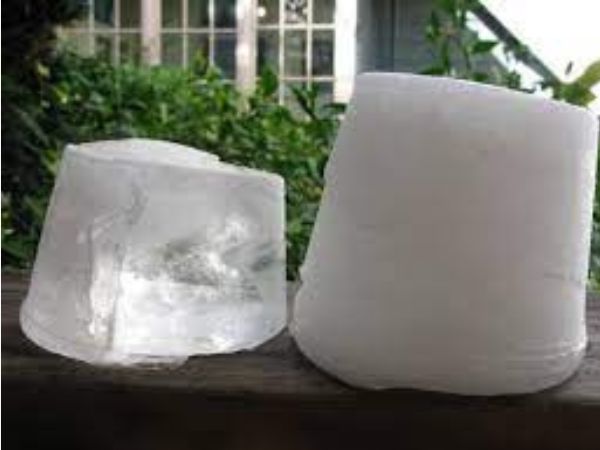
Chilling Techniques for Soft Ice Preparation
Proper chilling techniques are crucial for achieving the desired soft ice consistency. After mixing the ingredients, the mixture should be chilled to a specific temperature range to promote the formation of tiny ice crystals. This process, along with regular stirring or churning, helps create the characteristic smoothness of soft ice.
The Art of Overrun: Controlling Ice Cream Volume
Overrun refers to the increase in volume that occurs during the freezing process of soft ice. It is essential to control the amount of overrun to achieve the desired texture. Factors such as the amount of air incorporated, the freezing temperature, and the speed of churning can impact overrun. Careful control of these variables allows for customization and consistency in soft ice production.
Experimenting with Alternative Chilling Agents
While carbonated water is the traditional chilling agent, alternative options can be explored. Using liquid nitrogen or dry ice can provide rapid and efficient cooling, resulting in a smooth and creamy texture. However, it is crucial to follow proper safety guidelines and instructions when working with these alternative chilling agents.
Tips for Achieving Soft Ice Consistency
Consistency is key when it comes to creating soft ice. To ensure a consistent result, measure ingredients accurately, follow recipe instructions meticulously, and maintain proper temperatures throughout the process. Regularly tasting and adjusting the mixture can also help fine-tune the flavor and texture to your liking.
Equipment and Tools for Soft Ice Making
Having the right equipment and tools simplifies the soft ice making process. A sturdy mixing bowl, a reliable whisk or electric mixer, a domestic ice cream machine, and appropriate storage containers are essential. Additionally, thermometers and timers can help monitor temperatures and timings accurately.
Conclusion: Enjoying Carbonation-Free Soft Ice Delights
Although carbonated water has been traditionally used in soft ice, there are numerous alternatives to achieve the same indulgent texture and taste. By exploring natural ingredients, utilizing dairy products, incorporating flavor-enhancing elements, and understanding the role of various additives, you can create soft ice without the need for carbonation. Experiment, unleash your creativity, and delight in the process of crafting carbonation-free soft ice treats that are sure to please your palate.
FAQs: (How To Make Soft Ice Without Carbonated Water)
Can I substitute carbonated water with regular water in soft ice?
While regular water can be used as a substitute for carbonated water, it may result in a denser and less airy texture. To achieve a similar light and fluffy consistency, consider incorporating alternative methods such as incorporating whipped cream or using an ice cream machine with an air-pumping mechanism.
What are some natural sweeteners that can be used in soft ice?
There are several natural sweeteners that can be used in soft ice, including sugar, honey, maple syrup, agave syrup, and stevia. Choose the sweetener that best suits your taste preferences and dietary needs. Keep in mind that different sweeteners may affect the texture and freezing point of the soft ice to varying degrees.
Can I use plant-based milk alternatives in place of dairy products?
Yes, plant-based milk alternatives such as almond milk, soy milk, coconut milk, or oat milk can be used as substitutes for dairy products in soft ice. These alternatives can provide a creamy base and contribute to the overall texture and flavor of the soft ice. Be sure to choose a plant-based milk that complements the other ingredients and suits your taste.
How can I ensure the soft ice remains soft in the freezer?
To maintain the softness of the ice cream in the freezer, it is essential to store it in an airtight container to prevent air exposure and the formation of ice crystals. Placing a layer of plastic wrap directly on the surface of the soft ice before sealing the container can help create a barrier against air and maintain its soft texture.





